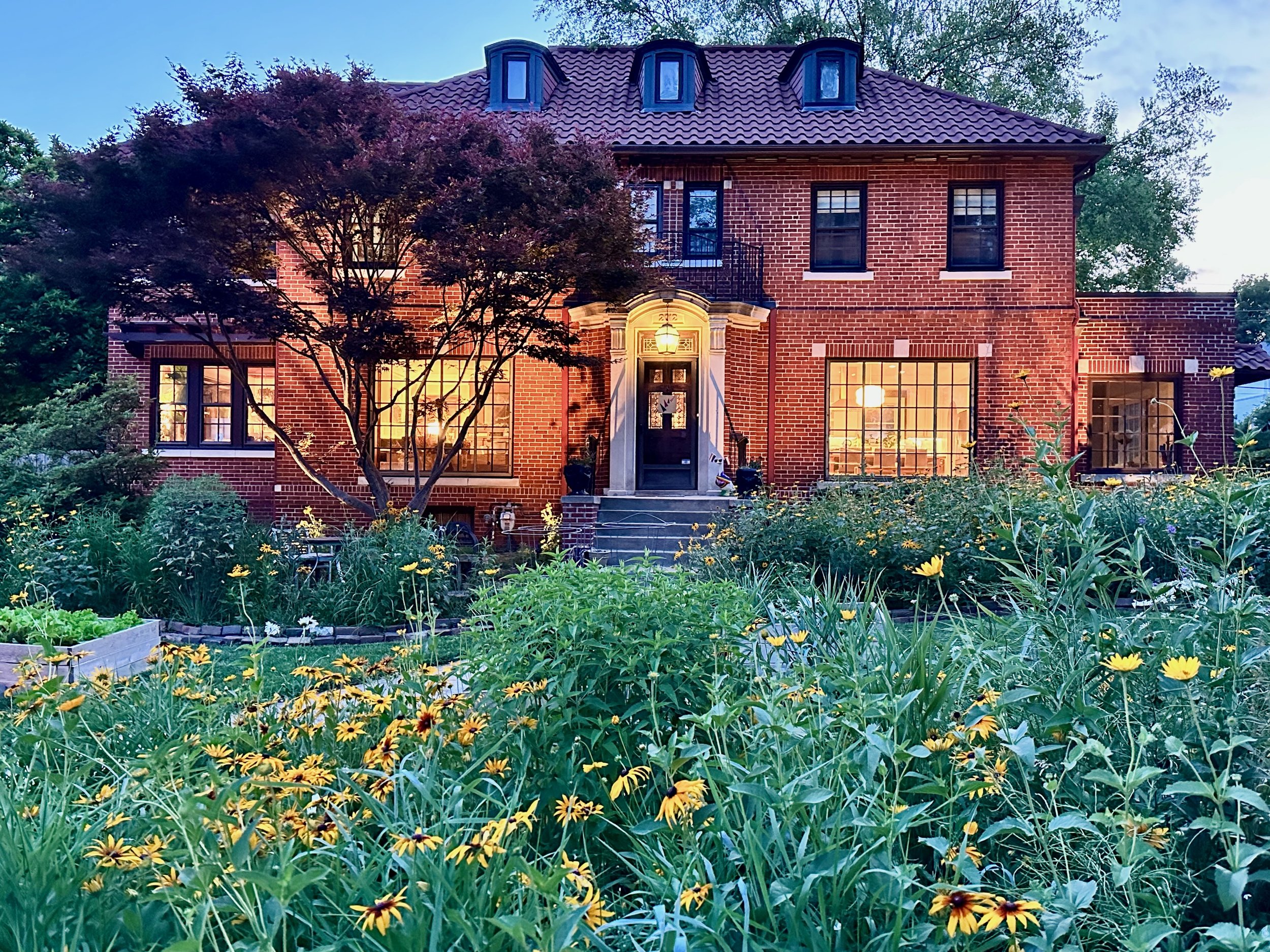Embracing Nature’s Palette: The Beauty of Native Landscapes Over Traditional Lawns
Did you know that our love for the classic lawn might stem from ancient instincts? John Falk's fascinating research dives into how our ancestors' savanna habitats shape our modern landscape preferences. It's a striking realization: our penchant for short grass and dotted trees isn't just a trend; it's a nod to our evolutionary past.
Unearthing Our Landscape Roots: Did you know that our love for the classic lawn might stem from ancient instincts? John Falk's fascinating research dives into how our ancestors' savanna habitats shape our modern landscape preferences. It's a striking realization: our penchant for short grass and dotted trees isn't just a trend; it's a nod to our evolutionary past.
The Rising Star - Native Landscapes: But here’s the exciting part – as our environmental consciousness blooms, so does our love for native landscapes. It's not just about green; it's a burst of colors, textures, and life! These indigenous beauties do more than catch the eye; they echo the soul of our community, potentially boosting both neighborhood charm and property values. Talk about a win-win!
Smart Design - The Key to Acceptance: Enter Joan Nassauer of the University of Michigan, who brings a fresh perspective with 'cultural sustainability.' It's all about blending ecological benefits with designs that resonate with people. Think crisp edges, clear demarcations, and a harmonious mix of native plants and manicured spaces. Larger native areas? They actually charm us more! And when wildlife flutters in, the appeal skyrockets.
A New Definition of Lawn Beauty: Let's rethink what a beautiful yard looks like. Traditional lawns are like comfort food – familiar, simple. But native landscapes? They're a feast for the senses, changing with the seasons, inviting us to see our yards as thriving ecosystems. This is beauty with depth, a celebration of diversity, and an embrace of change.
Wrapping Up - More Than Just Good Looks: As we step towards more sustainable lifestyles, our idea of a picturesque yard is evolving. Native landscaping doesn't just blend with nature; it enhances it, offering a unique, dynamic beauty. Choosing native over traditional isn't just a style statement; it's a commitment to biodiversity and a sustainable future. Let's make our yards a testament to this beautiful planet we call home!
Reclaiming The Prairie: My Journey From Academia to Urban Meadow
As I transformed my own front yard into a flourishing prairie meadow, I realized that my journey began much earlier than I thought. It was during my graduate studies at the University of Nebraska that the seeds of 'Prairie in Progress' were planted. My master's thesis, once a purely academic endeavor, now forms the foundation of my mission.
Introduction: As I transformed my own front yard into a flourishing prairie meadow, I realized that my journey began much earlier than I thought. It was during my graduate studies at the University of Nebraska that the seeds of 'Prairie in Progress' were planted. My master's thesis, once a purely academic endeavor, now forms the foundation of my mission.
Historical Context: The transformation of Nebraska's landscape is a tale of dramatic change. When early pioneers arrived in eastern Nebraska, they were greeted not by the familiar fields of Europe, but by a vast, untamed ocean of grass. This sea of green stretched endlessly, a prairie that French explorers aptly named 'meadow.'
The tallgrass prairie, shaped by the rain shadow of the Rocky Mountains, formed an ecosystem perfectly suited for grasses. This wild, unending expanse of nature inspired awe and wonder in those who first saw it. Willa Cather, a renowned Nebraska author, captured this sentiment in her 1918 novel 'My Ántonia.' She describes the prairie through her character Jim Burden’s eyes:
'As I looked about me I felt that the grass was the country, as the water is the sea... The red of the grass made all the great prairie the color of wine-stains, or of certain seaweeds when they are first washed up. And there was so much motion in it; the whole country seemed, somehow, to be running.'
Yet, this beauty was not without its challenges. Settlers faced the unrelenting forces of nature – strong winds, fires, extreme heat, and drought. Survival was tough, and the need for food sources paramount. Thus began the transformation of this wild land into agricultural fields, and Nebraska lost much of its virgin prairie in the process."
Transition to Present: Today, the prairies are but a shadow of what they once were. But it's not too late to bring a piece of that history back into our modern landscapes. This is where my journey with Prairie in Progress began – a mission to reintroduce native grasses and wildflowers into urban settings, rekindling the natural beauty that once defined Nebraska.
Call to Action: Join me as I delve deeper into the history, the challenges, and the immense rewards of bringing the prairie home. From academic studies to my own backyard, I invite you to be part of this journey. Let's transform our lawns into vibrant prairies together, one plot at a time.


